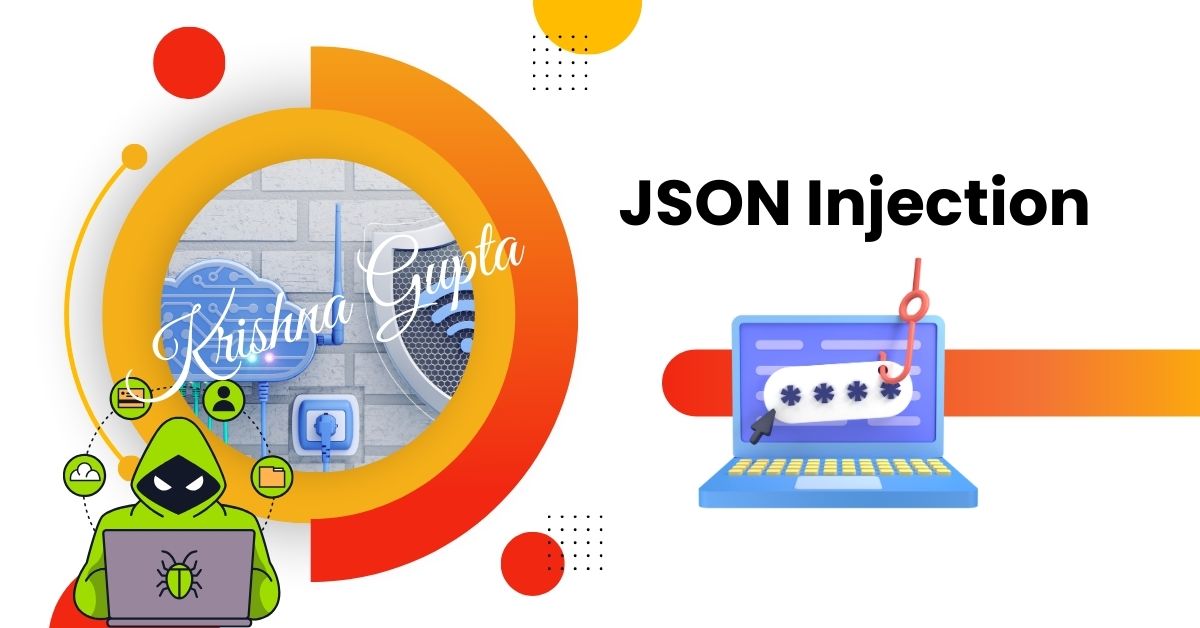**JSON Injection** is a form of **injection vulnerability** that occurs when an application improperly handles user input within a JSON object. JSON (JavaScript Object Notation) is widely used for data exchange between web clients and servers. When applications fail to validate or sanitize user input before incorporating it into a JSON object, attackers can inject malicious data, manipulating the application’s behaviour.
JSON Injection primarily targets the integrity of the data being exchanged, potentially altering application logic, bypassing authentication, or even leading to more severe attacks like remote code execution. It is particularly dangerous in systems that use JSON for configuration files, user inputs, or data transfer, which is the case in many modern web applications.




